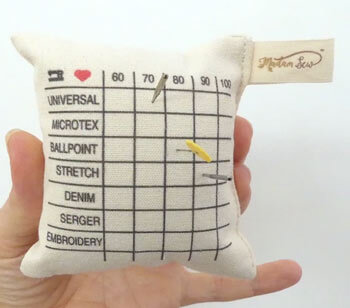This post contains affiliate links for which I receive compensation
Starting or stopping a line of machine quilting stitches
by Kelly
(West Chester, PA)
I'm about to start machine quilting my third quilt...
How do I start and end a line of quilting stitches. I'd like to do a large amount of echo quilting on my current project and I know that will require a lot of stops and starts.
I have a fairly new sewing machine that back stitches very cleanly right over the forward stitches. Should I just do a couple of back stitches at the beginning and end or is there something else I should do? I've heard a few different ideas.
Thank you!
Kelly
ANSWER:
Good question, Kelly!
Like everything in quilting, there's more than one way to start and stop lines of machine quilting stitches.
I would personally not recommend using either a back stitch or a "tie-off" stitch that many newer machines have. Back stitching can result in unsightly thread build up. Using a "tie off" or "fix" stitch that is programmed into today's machines leaves a knot on the back that I find annoying AND I'm not sure that it'd stand up to much use.
In my humble opinion, the best ways to start and stop lines of quilting are to either use "micro stitches" or to hand knot and bury your thread tales.
Since you plan to do a lot of echo quilting using micro stitches would probably be more efficient.
The micro stitches work equally well for both quality cotton and monofilament threads. (I use both extensively.)
These links will take you to descriptions of both methods:
How to Start and Stop a Line of Stitches
- If you are free motion quilting, you will move the quilt sandwich very slowly to create the micro stitches.
- If you are quilting with a walking foot and the feed dogs are up, set your stitch length to 0.5. The machine will create the proper stitch length.
- Hand Knotting Thread Tails
I would choose to bury my thread tails if I was using a shiny rayon or Metallic thread because you'll lose the shine of the thread in the micro stitching.
Use this link to find additional machine quilting techniques that might be of value to you.
Your third quilt? And you're quilting it yourself!
You go girl!
Quilting is so much fun.
Please do post your quilt pictures and stories on our on line Show and Tell. We'd love to see them!
Thank you for your question!
Julie Baird
P.S To our readers, if you have another suggestion, please do use the comment form and join in the discussion. There's never just one way to get things done in quilting!
Comments for Starting or stopping a line of machine quilting stitches
|
||
|
||
|
||















